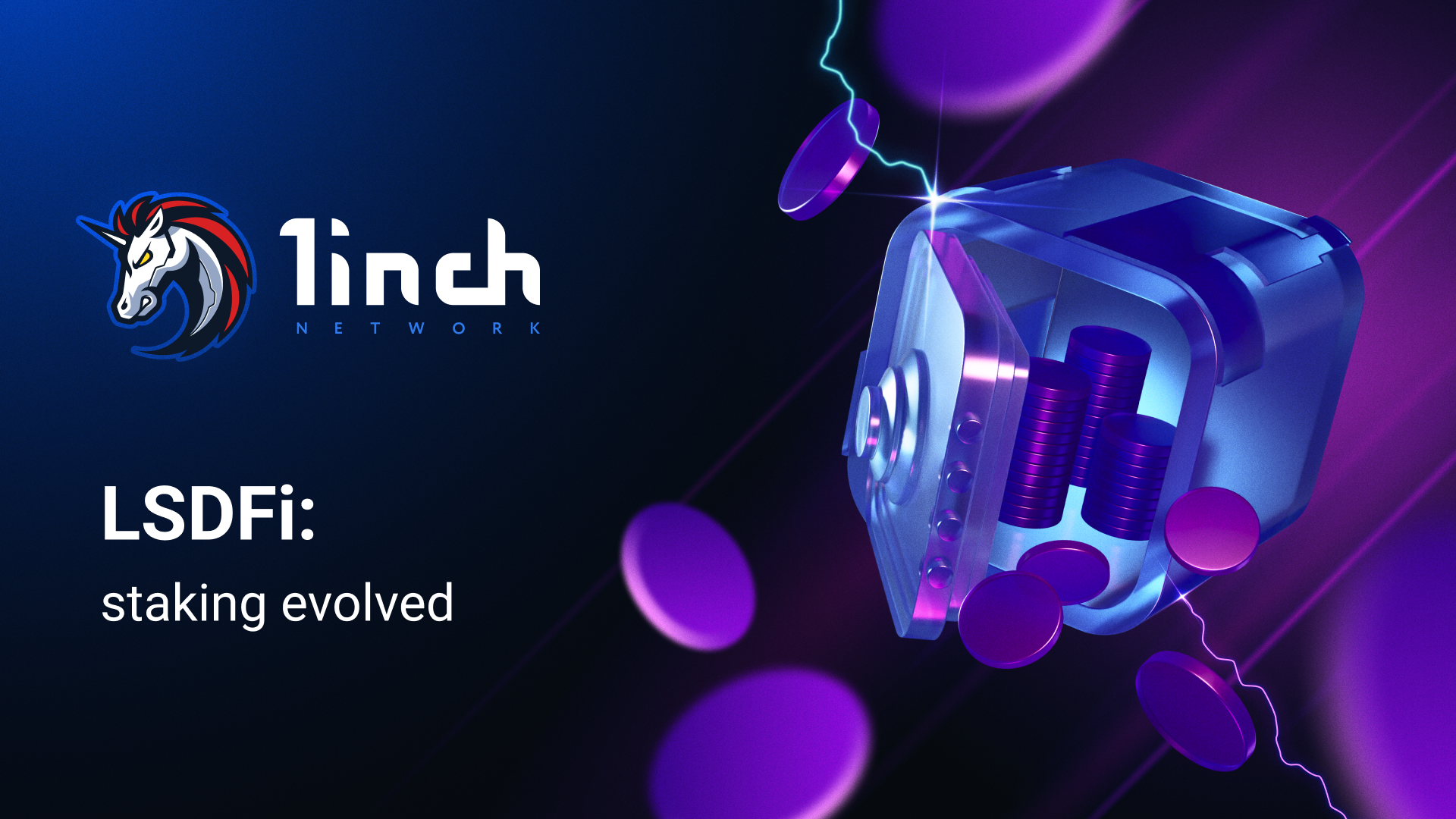Liquid staking derivatives and their place in DeFi

The liquid staking derivatives (LSDs) sector is continually evolving, offering an alternative to traditional staking and enabling users to generate yield on staked assets.
Liquid staking is a software solution that enables users to stake their tokens on Proof-of-Stake (PoS) networks like Ethereum. In return, stakers receive liquid staking derivatives (LSDs), also referred to as liquid staking tokens (LSTs). When users stake their tokens, a protocol mints a liquid staking derivative, representing the original asset and matching its value without locking it. As a result, liquid staking derivatives can function like any other token, meaning they can be further used in various DeFi protocols.
According to data from DeFiLlama, liquid staking protocols’ TVL currently stands at around $20.6 bln, surpassing that of lending protocols and positioning liquid staking as one of the most popular DeFi services.
The pool staking principle
Liquid staking works through smart contracts in which funds are deposited. Smart contracts manage users’ stakes and issue tokens at a 1:1 ratio to the underlying assets. Some pools might operate without smart contracts and are managed off-chain.
These protocols use the pooling principle, grouping user tokens to stake them with validators. The protocols send the assets to network staking contracts and ensure that users get their staking rewards. When users decide to unstake their tokens, they burn their LSDs to withdraw their stake balance and rewards.
Reasons behind the demand for LSDs
Liquidity. Traditional staking requires users to lock their tokens, causing them to miss out on earning additional yield when their assets are illiquid. In contrast, liquid staking delivers users a type of token that they can use in different DeFi protocols while still getting staking rewards.
Accessibility. The liquid staking option ensures staking rewards for users who want to stake less than 32 ETH required for the Ethereum Network’s native solo staking. Pools allow users to stake smaller amounts as participants’ ETH are combined to facilitate the creation of a validator with 32 ETH.
No queues. Traditional staking can have its challenges, with users facing long wait times to stake or withdraw their coins. With liquid staking protocols, users can stake tokens and begin earning rewards in about 24 hours without waiting.
Associated risks
Slashing. Validators might be penalized (slashed) for poor performance. It’s crucial for liquid staking platforms to regularly review the protocol’s validator set. In the event of slashing, the protocol typically offers users some form of slashing coverage.
Depegging. There’s also a risk of price fluctuations. If an LSD’s value falls below its underlying asset, users might face losses.
Lack of liquidity. Compared to the original assets, LSDs might not always offer deep liquidity due to a smaller market size. This situation can result in difficulties for users when buying or selling.
LSDFi protocols
Besides simply holding LSDs to earn network rewards, users typically use them across a wide range of LSDfi protocols providing different utilities for liquid staking derivatives.
Lending. One of the major use cases for liquid staking derivatives in DeFi is represented by renowned lending protocols like Aave and Curve.
LSD-backed stablecoins. With the introduction of LSDs, stablecoins can be minted using LSDs as collateral, which is the case with DAI, Maker DAO’s stablecoin. Another model includes interest-bearing stablecoins backed by stETH from protocols like Prisma Finance, Raft and Lybra Finance.
Index protocols. Platforms such as Index Coop sell their synthetic ETH in exchange for LSDs from various LSD protocols and issue tokens that represent a basket of LSDs. For example, dsETH from Index Coop represents three LSDs: rETH, stETH and sETH2.
Automated yield strategies. LSDFi protocols, such as Pendle, Flashstake, Swell and Asymetrix, offer different earning options ranging from restaking on other protocols to yield trading. Pendle, for instance, uses standardized yield tokens to split yield-bearing assets, facilitating advanced trading strategies.
It’s essential to note that while yield-generating strategies might be lucrative, they come with inherent risks. Users should exercise caution and thoroughly explore a strategy’s dynamics before committing funds to it.
However, liquid staking derivatives incentivize more users to stake coins, as they reduce entry barriers and address capital inefficiencies. The development of liquid staking enhances the stability and security of PoS networks due to increased decentralization and offers users more financial flexibility and opportunities.




























